Locals onboard of a motorised boat in Sokoto without life-jackets and other safety apparatus
June 11, 2022, was meant to be a memorable day for the Irinedu community in Kogi state as two residents — Muhammad Zeid and Muhammad Sulaimon — were set to get married. Zuleiha, one of the brides, couldn’t wait to forgo her maiden name and adopt “Zeid” as a surname. The other bride, Hauwa, was also eagerly waiting for Sulaiman to pay her bride price.
Over 200 people, including the couples, boarded a massive local boat headed for Ganaja village jetty at the heart of Lokoja, the state capital.
A few miles away from home, a strong wind blew across the river and the boat gave in, leaving several dozen people to drown. As news of the tragedy broke, the death toll started rising from two, to three, and four. Dead bodies floated in rivers across neighbouring communities.
It was not until the casualties exceeded 50 that many grasped the scope and gravity of what had happened. Muhammed Kaka, a youth leader in Irinedo, said Zuleiha and Hauwa were found among the dead. The remaining victims, it would later be reported, sustained varying degrees of injury.
Advertisement

“The wind became strong with heavy turbulence,” Kaka said. “More than 50 people died. Some children died as well. Some bodies were never found. It was terrifying.”
Kaka admitted that a mishap would have been forestalled if only the boat was not overloaded and passengers wore safety jackets before boarding.
“Normally, we should have 80 to 100 people, but that day, the boat carried over 200,” Kaka said.
Advertisement
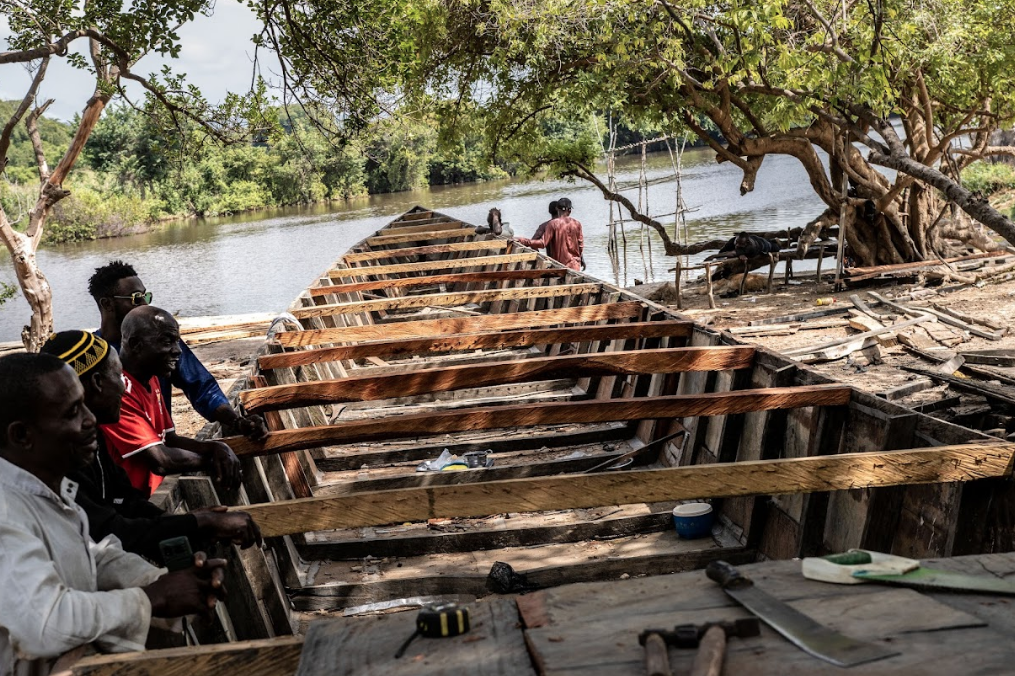
Exactly one year after the tragedy befell the Irinedu community, Dansebe Adamu, a commercial helmsman, was sailing via the coast of the River Niger in Lokoja when he saw bloated corpses on the water. But 19-year-old Adamu wasn’t all that surprised.
His past experiences on the water have left him desensitised. Nothing moves him again.
He heard on the radio how about 100 passengers returning from a wedding died after the overloaded boat conveying them capsized in Egbu village, Patigi LGA of Kwara state. Among the victims were women and children said to be returning to their base in Patigi from Egboti, a community in Niger state.
Adamu said many travellers using the boats are locals, and they have a strong belief that only “God saves lives”, and the “life jacket is just a pair of human-sewn clothes” with whistles.
Advertisement
He said passengers sometimes reject life jackets when they are given “because it is old and dirty”, but they don’t realise it saves lives in the event of an accident.

For Adamu, it has always been that way over the years, but people never learn. On April 16, 2020, a just-wed bride was being sent off to her husband’s house in Shintako, a community in Bassa LGA, in the company of 18 merrymakers.
A witness narrated that the boat had reached its destination when the boat operator decided that they ride around the water as it was the tradition of the people. A strong wave hit. The operator, who happened to be a diver, escaped to safety, leaving other passengers to battle for survival. A rescue mission was launched, and four people, including the bride, were recovered, while 14 dead bodies were retrieved for burial.
At the hospital, all rescued victims were pronounced dead, except the bride. This meant that, of the 18 victims, only the bride and driver made it.
Advertisement
THE 40-YEAR-OLD BOATS OPERATING ON VERBAL LAWS

Across the 21 LGAs in Kogi, Ganaja village jetty is regarded as the biggest in the state. However, a 48-hour stay with the boat operators and the leadership of the jetty revealed that their operations lacked a standardised regulatory framework.
Advertisement
Siaka Musa, the maritime unit chairman of Ganaja Jetty, told TheCable that there are no documented laws guiding the operations of either commercial or private boats at the terminal. Musa said the most important verbal laws that every rider knows are “no overloading” and “life jackets are a must”.

But 24 hours before this conversation, the reality at the jetty showed a stark disregard for the said verbal laws. Of the five boats that loaded at the terminal, none of them gave life jackets to passengers. The “no-overloading rule” was not adhered to as a ferry designed for 20 passengers was loaded with heavy bags of grains with at least 30 passengers on board. When presented with the reporter’s findings, Musa said: “Maybe they are from the other side, or they are private boats, or they are just coming to pack their people, who are market women.”
Advertisement

“We have an undocumented law stating that no one should overload. If you carry too much load, you will need to reduce the number of passengers. If you carry passengers, you must not carry too much load. Everything should be in order. We are elected to uphold order and compliance. When we see an erring rider, we allow them to load passengers and confiscate their boat for days.”

On the state of the jetty, Musa said there is no intervention from the state government, adding that the help they get is from the National Inland Waterways Authority (NIWA), which is not frequent. He said the terminal has only 30 usable life jackets, of which only 20 are in good condition. By implication, this means the jetty does not have the capacity to load more than one ferry at a time, if they are to follow the established procedures.
Advertisement
“Only NIWA and NIMASA come here once in a while. We see the state government here only during political campaigns when they need to use this port to cross to the other side. We lack life jackets here. We have 30 jackets in total. And each boat carries 25 people. Before, we used to have more that could cover two boats at a time. Now, we don’t have enough. We do ask passengers who don’t want to wear the life jacket to get down. But some will put it on their heads like umbrellas,” he said.
When shown a boat with water sipping through its patches, Musa said all the ferries have been working at the terminal for as long as 40 years.
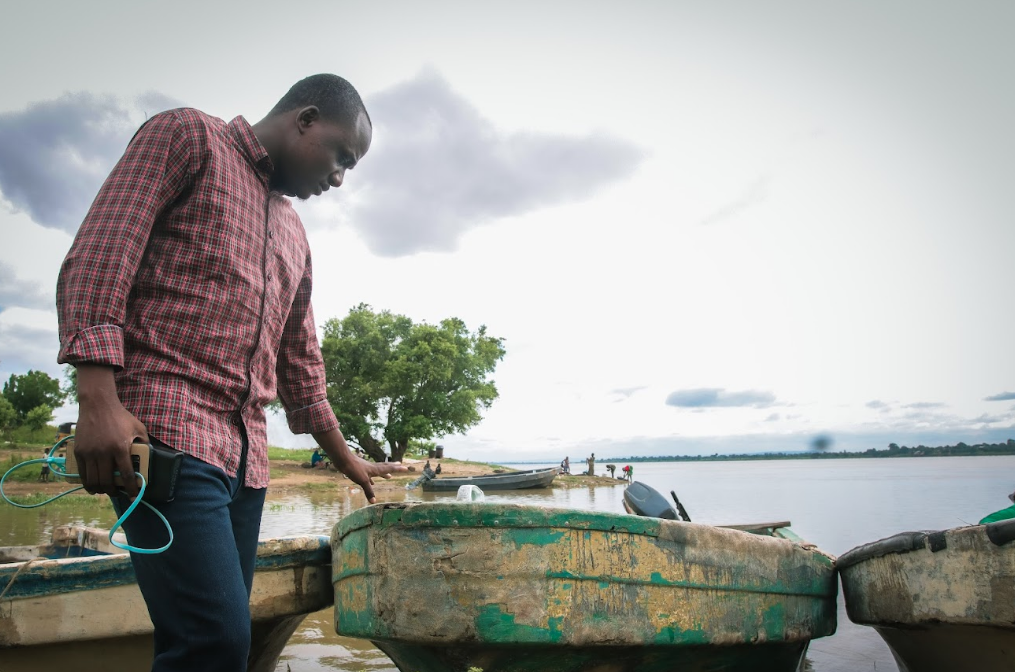
“We have been here since 1983 and some of these boats have been here for that long. I have been in this business for a long time. I have been doing this before the construction of the road leading from here to Lokoja. This road was made for the construction of the Ajaokuta Bridge, but it was not finished. They moved it to Ajaokuta. Instead, they made a jetty here so that ferries could move across instead of going from Lokoja to Shentako. This is the work of Shagari and Umaru Dikko.”
FROM WEDDINGS TO GRAVE
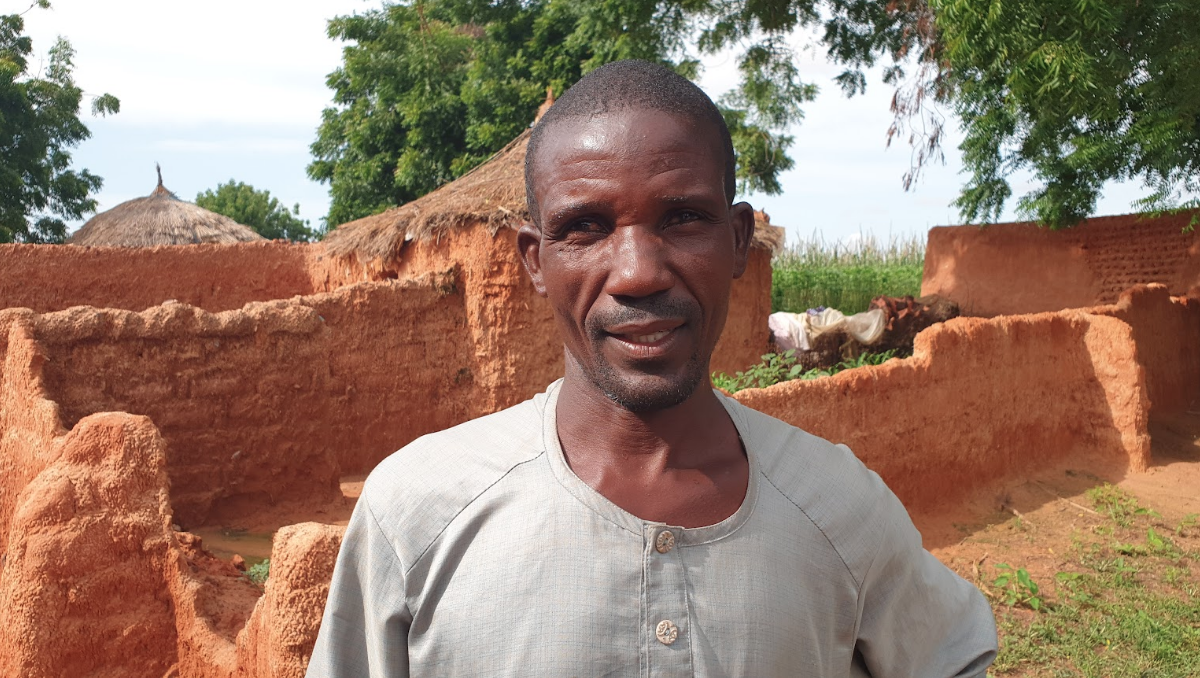
In May, Muhammad Dan-Magaji Adamu, a 40-year-old resident of Dundeji village in Sokoto, was working on his farm when a pedestrian informed him of a boat mishap where 15 children, mostly girls, were drowned in the Shagari LGA dam after turbulence struck the boat conveying them home. Adamu’s daughter, a would-be bride, aged 20, was among the victims.
“Seeing my daughter’s lifeless body being removed from the deep water was the saddest moment of my life,” the bereaved father said.
Adamu was informed that the boat lost balance on the water and capsized. He said the sudden demise of his daughter had left him in a state of trauma that took a toll on his health.
Shafiana Dauda, who operated the ill-fated boat, also lost his eight-year-old daughter.

“When the turbulence struck, I pleaded with the passengers to remain calm, but most of them were underage children who were so terrified,” Dauda recounted.
“Before I could realise what was going on, they had jumped into the river without life jackets.
“I almost drowned too. It took some local divers to rescue me, but most of my passengers didn’t survive, including my daughter,” the 41-year-old said.
Speaking on the tragedy, Umar Faruk, the village head in Dundeji, said the boat was crossing the dam from Lambara village to Shagari when it sank. He said the victims had ferried across the dam to fetch firewood when the waves of the rivers hit them hard.
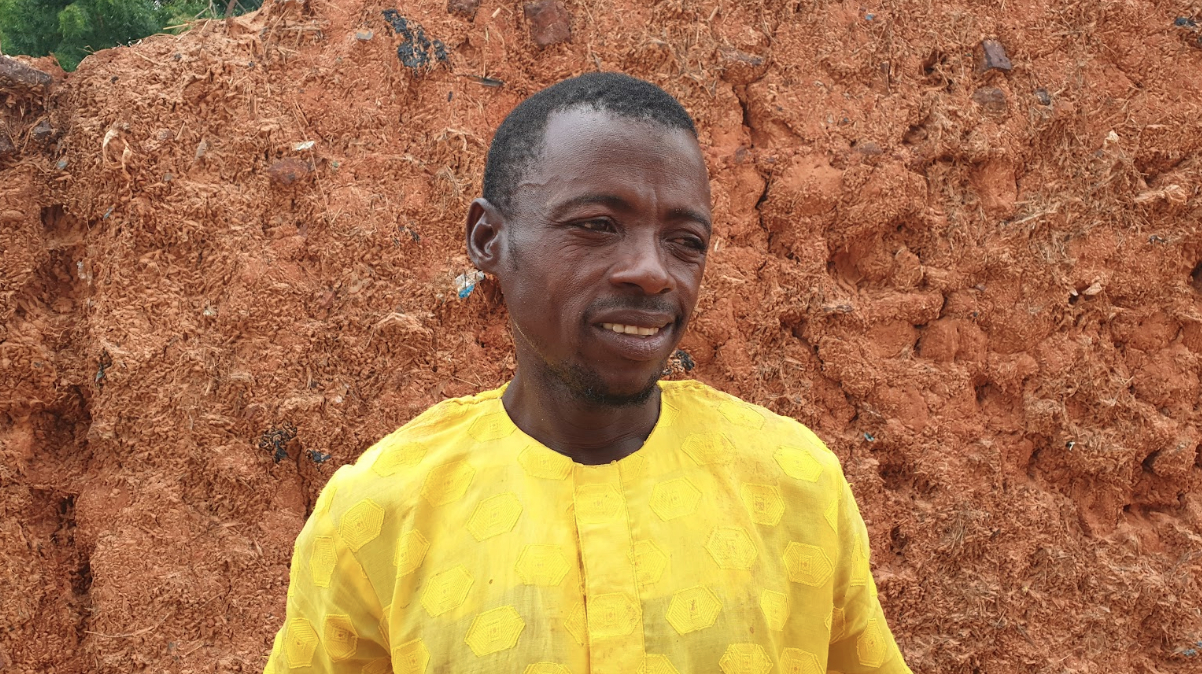
“It was a dark day for me as the head of this community, because this translates to losing fifteen of my children in a day,” the village head said.
Dundeji is not the only community in the Shagari riverine area that has recorded boat mishaps. Lanbara, Dorowa, Gidan Magana, and Gonine have also been hit. Between 2020 and 2023, these communities situated along the Shagari Dam have lost loved ones.
In June 2021, at least 13 people lost their lives when a boat ferrying wedding guests capsized at Dorowa village. Residents said most of the victims were women, children, and elderly persons who were wedding guests accompanying a new bride to Ginga village, her husband’s hometown across the river, as part of a traditional rite.
“A similar incident occurred at Dangawa village with seventeen people dead,” Aminu Magaji Mode, a 30-year-old fisherman, said.

In October 2022, no fewer than 15 people were killed in Shagari LGA when a boat carrying 25 people sailing to Mauludi village went under. In April 2022, 29 people also suffered a similar fate at Gidan Magana.
The victims were mostly children between the ages of nine and 17, crossing the river to a nearby bush to fetch firewood for sale in their community.
‘Crossing river now means death to us’
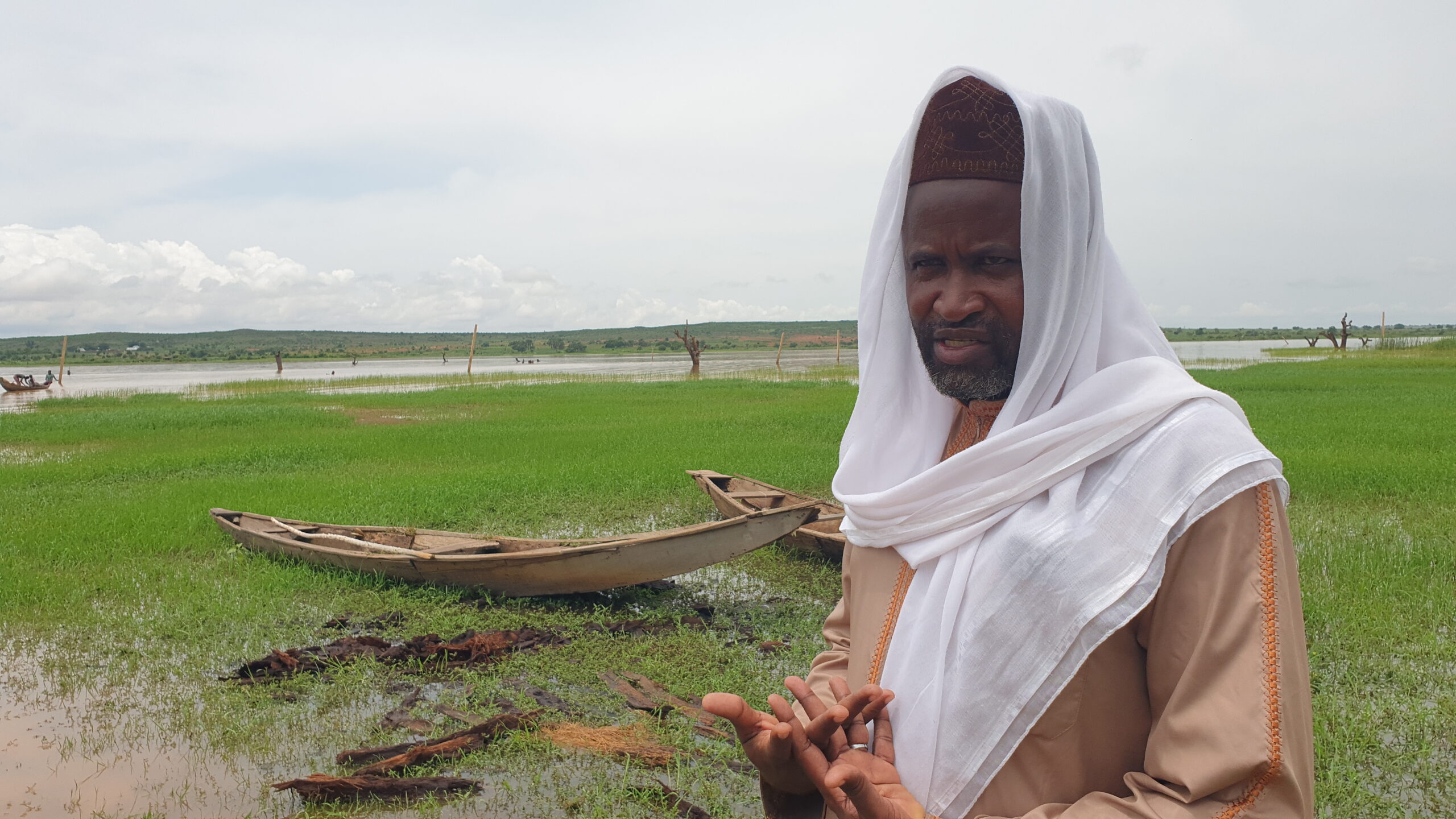
The prevailing sentiment among locals has been that the government and the waterway safety and management agencies have continued to turn a blind eye to boat disasters. Residents, who spoke with TheCable, said the absence of suitable and modern motorised boats to enable the locals to navigate the water level within these communities is the major cause of the accidents.
Muhammad Kokani, who heads Lambara, one of the communities devastated by a series of boat accidents, said the river has caused a lot of tragedy for the community.
“The problem started when an artificial dam was constructed on the river in 2006 by the administration of former President Olusegun Obasanjo. Then, Barrister Mukhtari Shagari was in charge as minister of water resources,” Kokani said.
“We thought it was a project that could spur more development and increase our irrigation farming capacity, but the reverse is the case. Today, the dam has caused more deaths in the communities.”
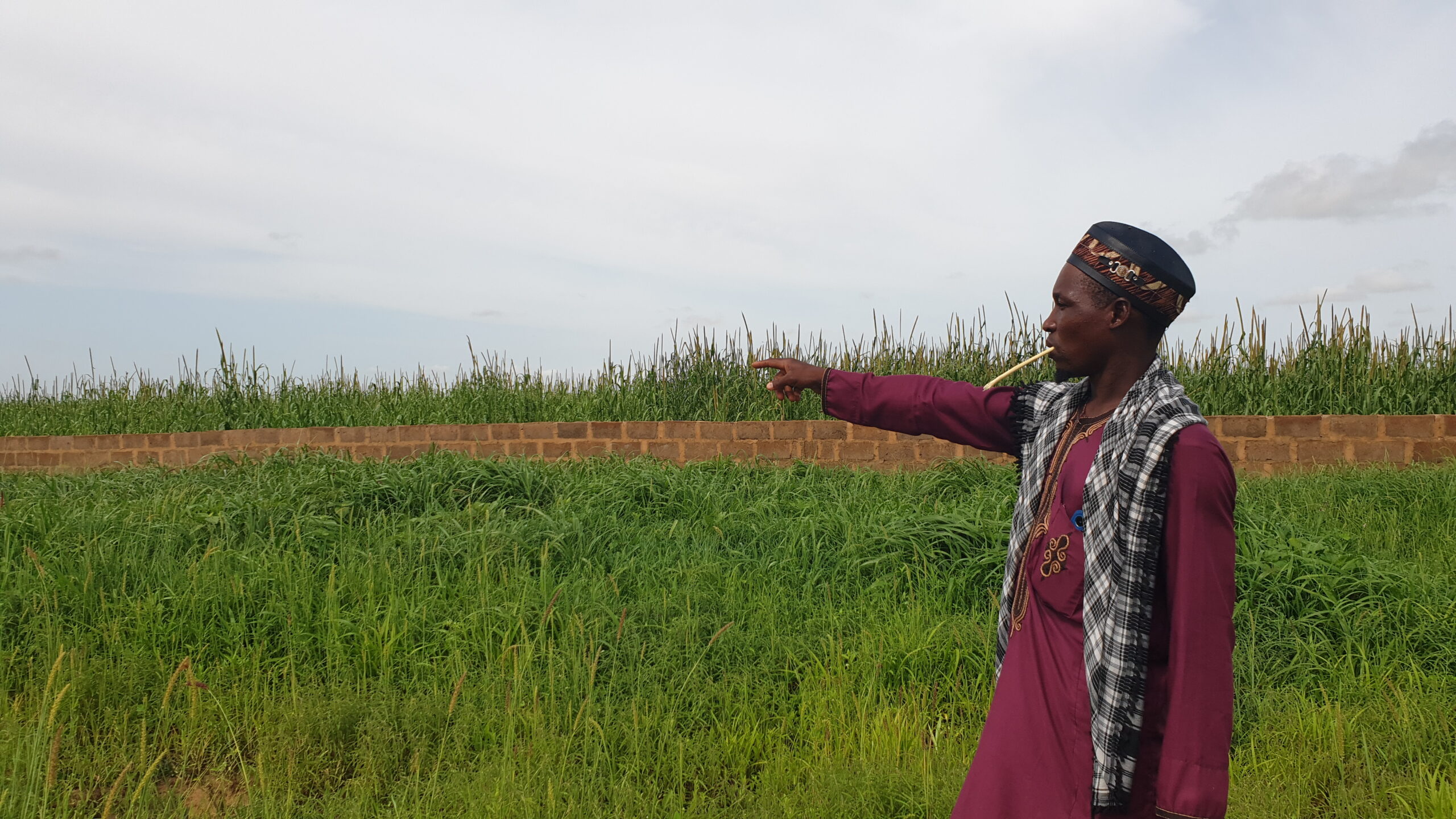
Aggrieved residents, mostly farmers and fishermen, have complained to the dam managers to redesign the facility in such a way that would not obstruct the river movement and their farming activity.
Uamr Dan Magaji, a resident of Gidan Magana who lost five siblings during a boat mishap that claimed 29 children in May 2022, said the dam was not completed to specification. He asked both state and federal governments to consider providing road networks within the riverine communities as alternatives for safer transportation.
“Though the state provided four motorised boats with life jackets, these are not enough to serve many communities along the dam,” Dan Magaji added.
WORN OUT JACKETS, OVERLOADING… THE LAGOS STORY
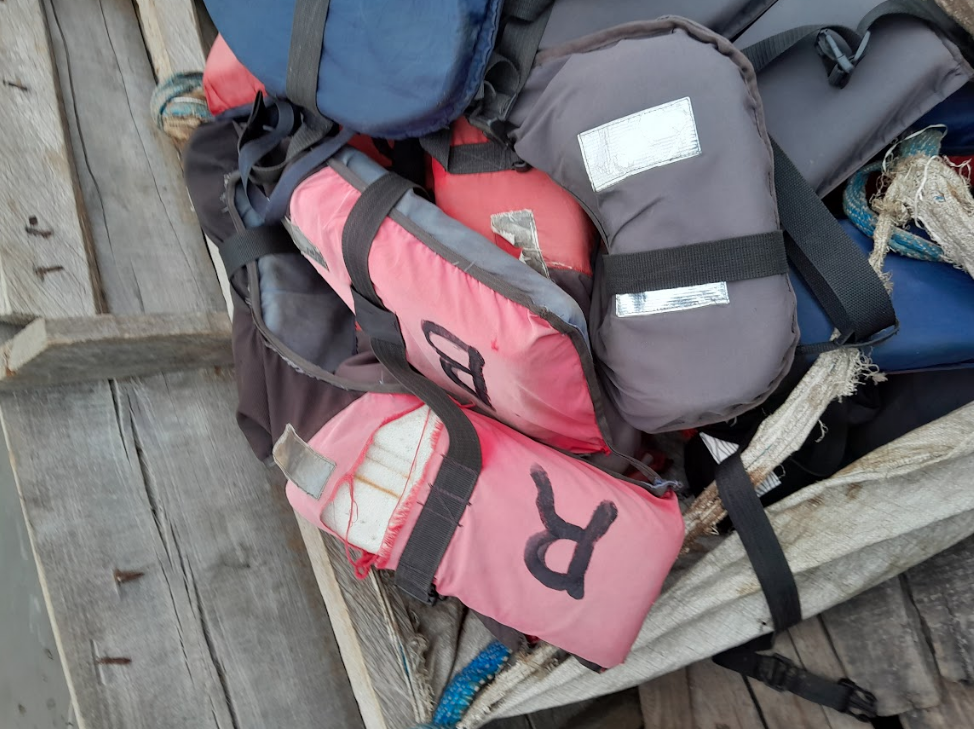
Two boat workers pushed each other, spewed curse words in their native dialect, and traded punches under the biting sun as returning boats conveying passengers docked at Iyafin jetty in Badagry, Lagos state, on July 26. The atmosphere was charged with tension over a disagreement that didn’t immediately seem clear. Bystanders were rallying around to restore calm. It was around this time that the reporter arrived at the jetty to pay a boat operator ₦300 for a trip to Ipokia in Ogun state.

As the Ipokia-bound boat set out, however, it became clear that not much has changed for waterway safety along this route that connects Ogun to riverine communities, including those leading to the Benin Republic and Ghana. As was the case in 2021, when the reporter last visited the area, no life jacket was offered to the passengers on the boat. This time, though, the sight of an operator handing a jacket to a passenger initially raised optimism, but it would turn out to be no more than a performative gesture.
Seated close to the reporter was a visibly shivering teenage boy. Embarking on the 30-minute boat ride to Ipokia despite having a headache, he would reveal, was to run an errand for his mother. The greater danger, it would appear, was that he would have no jacket to rely on in the event of a mishap. So, he took comfort in his shawl while staring at an inscription at the jetty that reads “Life jackets must be worn”.
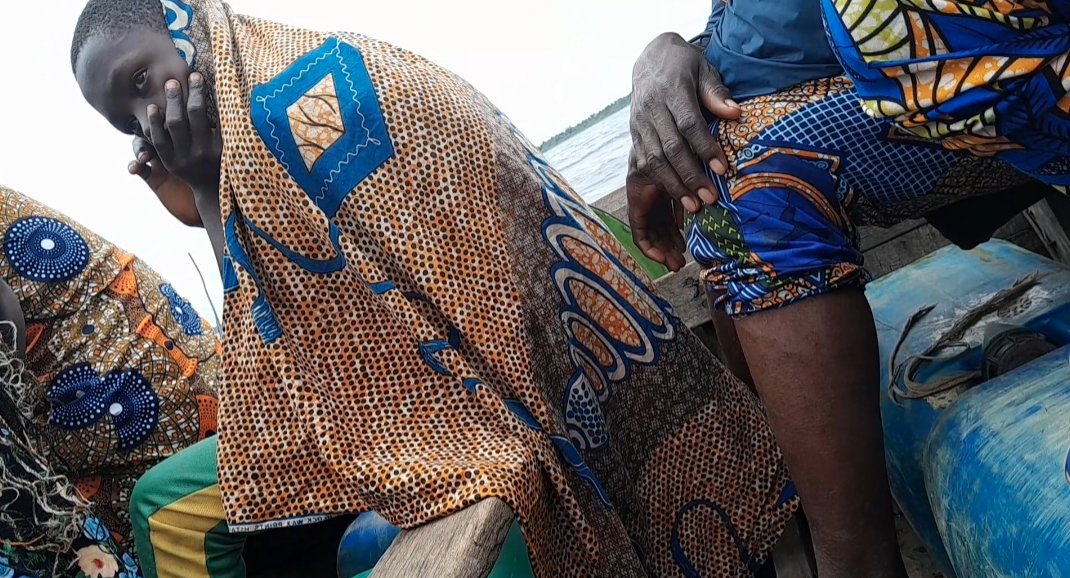
The reporter and others weren’t better off, forced to make do with damaged jackets, a situation that caused an uproar at the outset of the journey.
“I cannot fasten its belt. Do you call this a life jacket?” a female passenger queried.
A male passenger, livid from the situation, butted in: “Let’s assume that there is a mishap; how will this life jacket save me? Do I hold it with my hands while trying to swim?”
The development was the first visible sign of regulatory failure in the jetty.
REGULATORY ENFORCEMENT GAPS AND WEAK COMPLIANCE
The Lagos State Waterways (LASWA) is responsible “for coordinating and managing reforms necessary for the long-term development of water transportation in the state, including the granting of ferry licenses and concessions for the operations of ferry routes and terminals to the private sector.”

While the agency identifies safety as its “top priority”, many waterway users in the state still risk losing their lives in the event of a boat mishap owing to regulatory lapses. The agency has a patrol team comprising water guards and it is supported by the Nigeria Police Force’s Counter Terrorist Unit (CTU). On its website, LASWA said the patrol team collectively patrols the entire waterway network on a daily basis.
The agency also said the team is to ensure, among others, that “no person shall enter or board any type of motorized vessel without wearing a life jacket” as well as “standardization of life jackets”. The team is also expected to ensure “rules and regulations are upheld at all times” and the “safety of passengers at jetties/terminal”.
But enforcement was lacking at some Lagos jetties TheCable visited. At Iyafin jetty in Badagry, there was low compliance with the use of life jackets among passengers. Children who ply the axis are also exposed to danger as some do not get life jackets. Some children who boarded from the jetty to Ipokia were without a lifejacket.
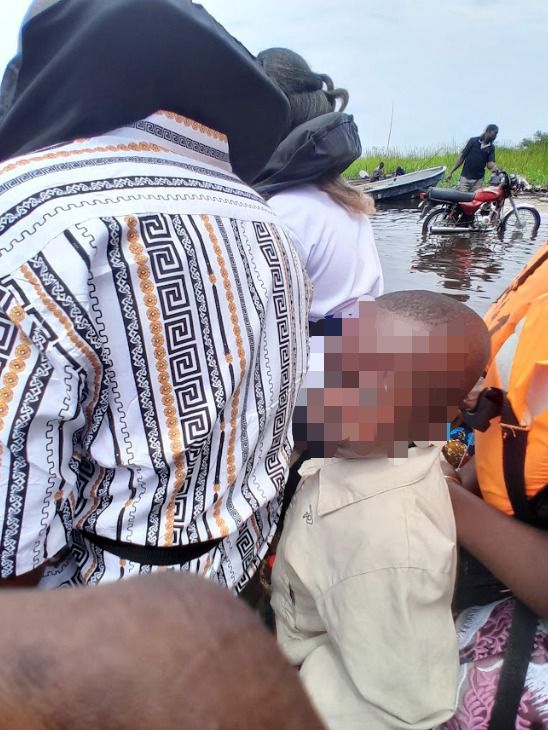
At Salu jetty in Badagry LGA, residents said the boat operators work till late in the night depending on the availability of passengers. At Tohun in Ajara Badagry, the story is the same. A boat operator said he works until 8 p.m. TheCable also observed that there were no established regulatory guidelines on the number of passengers each boat is allowed to carry. Hence, the operators brazenly engaged in overloading, depending on how many passengers were on the ground.
From Iyafin jetty to Ipokia, for instance, there were 30 passengers in addition to motorcycles and gallons of fuel packed inside the wooden boat, putting the lives of many at risk. John, a motorcyclist who regularly plies the Iyafin jetty route, said the boat operators usually work at night.
“They work as late as 9 pm. Before, we had those who worked until 10 p.m., but things improved a little. So, they no longer work that late,” he told TheCable.
In addition, some of the wooden boats were not in good shape. A water guard official at the Iyafin jetty who should ensure adherence to safety measures was seen idling away.

At Liverpool and Coconut bus stop jetties in Apapa LGA, the life jackets given to passengers were also in poor shape. The boats also required maintenance. Many passengers were seen with the lifejackets hanging askew on their bodies, just for the formality of it. The Coconut bus stop jetty is the primary link to Igbologun, an island in Amuwo Odofin LGA, as the residents there rely only on boats.
When TheCable visited the jetty, there were no regulatory officials in sight. Students plying the route prefer to buy their life jackets due to the poor conditions of the ones given to them by boat operators. The reporter struggled to get a reasonably standard life jacket during his trip from the jetty to Igbologun Island.
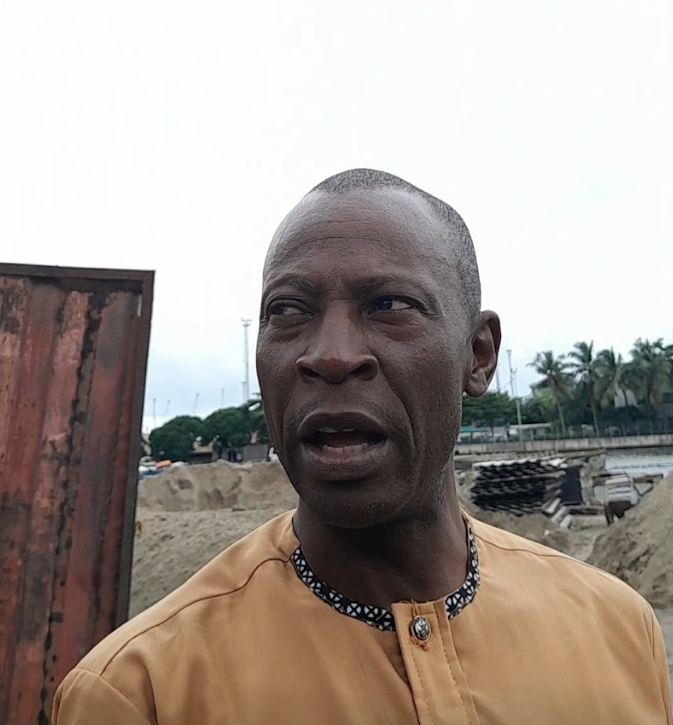
A cleric, who identified himself as Olabisi, said the condition of the life jackets remains a concern for residents despite recent improvements in other safety measures put in place by the state government.
“They are not life jackets. They are for decoration,” Olabisi, who has lived on the island for over 20 years, quipped.
“It is compulsory for passengers to wear life jackets, but most are not in good condition. Generally, the situation has improved. Boat operators used to work till 11 p.m. We usually recorded accidents at night, then. But things are changing. They now close operation once it is past 7 p.m. We are yet to record any recent boat mishaps.
“Apart from government officials, community members are now involved in the monitoring process. If passengers are found without a life jacket, they will seize the boat for that day. They also monitor overload. The wooden boats are to carry 15 passengers at most, while the small fibre boat carries four to five passengers. If anyone violates this, we will ask you to drop all your passengers.”
THE OUTLIERS
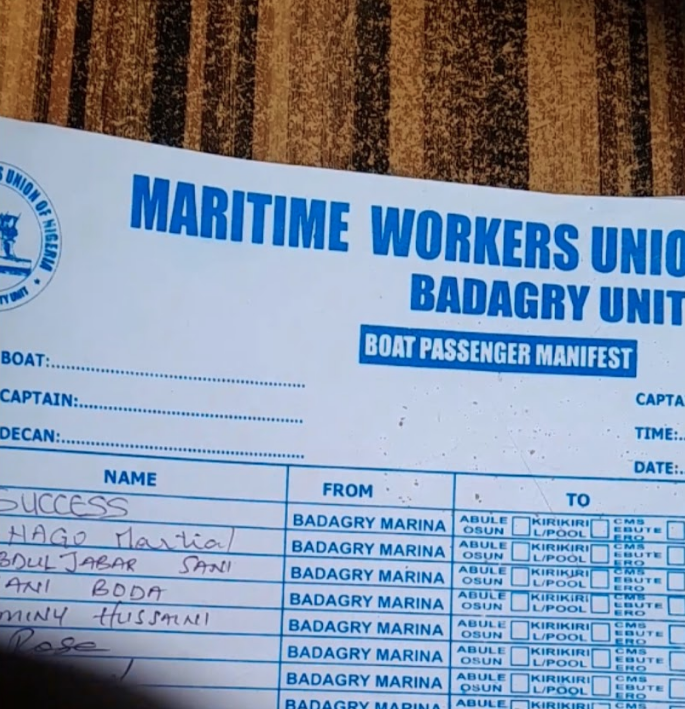
While there are regulatory lapses at some jetties in the state, a few others had an improved system in place. One of such is the Marina jetty in Badagry.
When the reporter arrived at the jetty, he was asked to pay ₦3,000 to Abule Osun waterside in Ojo LGA. Then, he was given a manifest to write his name as well as other details and offered a life jacket thereafter.
The manifest contained information about the name of the boat, the boat captain, the route, passengers’ names, their phone numbers, and that of their next of kin. Unlike other jetties visited in Badagry, there was strict compliance with the use of life jackets and the number of passengers expected on each boat.
There were 17 passengers on the fibre boat boarded by the reporter. During the one-hour trip to Abule Osun jetty, the reporter counted four waterway checkpoints – two manned by operatives of the Nigeria Customs Service (NCS) and one each by men of the Nigerian army and the navy. At each checkpoint, the officials inspected compliance with life jackets and overloading. They also checked the boat to ensure no contraband was smuggled along the axis. At Abule Osun, the reporter also encountered tough-looking water guards who were seen barking out orders at boat operators.
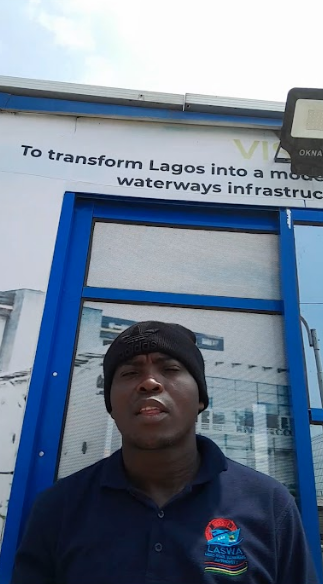
At Ikorodu Ferry Terminal in Ebute, TheCable also witnessed an improved regulation. The life jackets and boats were in good condition. Passengers were also required to fill out a form requesting their details and collect life jackets from designated officials before entering the boat.
There was also strict compliance with the number of passengers that should be in each boat. The reporter, who paid ₦2,500 from the terminal to CMS in Lagos Island, observed 17 passengers and two operators – making it 19 people on the boat. Night travels were also prohibited at the terminal. When this reporter visited the terminal around 3:30 p.m. on July 27, the officials were already winding down on the day’s operation.
“You are lucky you came early; we do not work at night here. We close at mostly 6 pm,” an official told the reporter.
At Baiyeku jetty in Igbogbo/Bayeku LCDA, also in Ikorodu, there was compliance with safety measures. Passengers also got life jackets before entering the boat, while night travel was prohibited.
REPORTING BY SAMAD UTHMAN, TUNDE OMOLEHIN, JAMES OJO, STEPHEN KENECHI AND TAIWO ADEBULU
This is a special investigative project by Cable Newspaper Journalism Foundation (CNJF) in partnership with TheCable, supported by the MacArthur Foundation. Published materials are not the views of the MacArthur Foundation.





